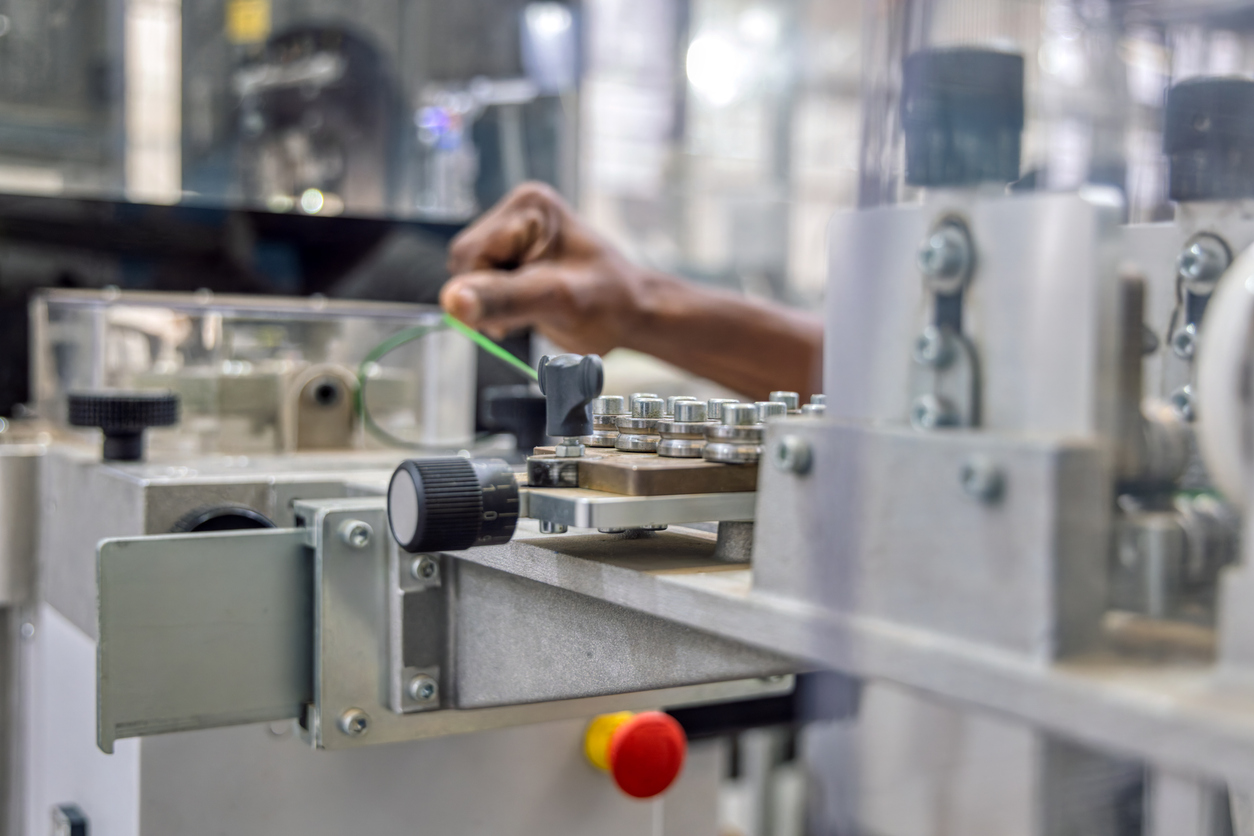Heavy plant movements don’t have to include summoning specialist rigging companies for every minor adjustment, yet most factories treat load moving skates as exotic machinery rather than everyday maintenance equipment. This results in undue downtime, increased costs, and unsafe fiddling when moving multi-tonnage equipment becomes unavoidable.
Effective load moving systems redefine the means of machine placement in manufacturing buildings, yet selecting suitable equipment means understanding load bearing, surface conditions, and operation constraints that general buying specifications rarely fulfil satisfactorily.
Roller Versa Ball Transfer Technology
Traditional roller skates dominate most industrial applications through proven simplicity and load capacity advantages. Steel rollers handle concentrated loads effectively while maintaining directional stability during transport. The technology hasn’t changed fundamentally in decades because it works reliably across diverse applications.
Ball transfer units offer omnidirectional movement behaviour that seems to be attractive in small spaces, but is inhibited by lower load ratings and impaired stability during dynamic motion. The commercial appeal of 360-degree movement has a tendency to prevail over utilitarian limitations in real-world industries.
Air bearings are the premium answer to super-heavy loads on smooth surfaces, but compressed air requirements and surface preparation expenses limit their practical applications. The majority of facilities do not have the infrastructure to support air bearing systems effectively, so they are an expensive novelty and not an operational solution.
Load Capacity Reality Versus Marketing Claims
Manufacturers’ specifications most often list maximum static loads in idealized lab conditions that rarely correspond to usage conditions. Dynamic loads, off-centre load, and surface irregularity all reduce actual capacity from published ratings significantly.
Safety factors enter the picture when it is imperative to relocate costly equipment where failure has more than negligible repercussions. Playing it safe avoids catastrophic destruction of equipment, but at the cost of purchasing higher-capacity skates than calculations would require.
Point loading creates stress concentrations that destroy load moving equipment designed to meet distributed loads. Understanding load distribution patterns for specific machines prevents expensive failures on high-relocation jobs.
Surface Compatibility Issues Nobody Discusses
Concrete floors seem just what the doctor prescribed for load moving operations until you encounter joints, cracks, and surface anomalies that bring roller systems to a standstill. Imperfections no larger than a nickel become formidable barriers when relocating several tonnes over a facility floor.
Steel plates provide smooth surfaces for load skates but introduce new challenges at edge transitions and anchoring requirements. The increased setup time generally negates the movement advantages, particularly for short-distance movements.
Epoxy coatings and polished concrete provide slippery conditions that reduce operator control when placing loads. Surface treatments that optimize basic facility operation can complicate heavy load movements in unforeseen manners.
Why Most Operations Choose Wrong
Roller skates that are rented come stock with standard roller skates as they’re robust and fulfill multiple applications fairly adequately. The availability bias with this, however, leads facilities to select equipment based on immediate availability rather than optimum specifications for their particular requirements.
Cost-conscious purchasing focuses on initial cost at the expense of efficiency of performance and safety considerations. Cheap load skates typically take more labour to operate, are safety hazards, and are longer to handle than properly specified alternatives.
There is a lack of hands-on experience with load moving equipment, which leads to conservative design specifications that over-engineer simple moves or under-specify requirements for challenging applications. Without direct experience, purchasing decisions revert to generic solutions regardless of specific operational needs.
Industrial Applications That Demand Precision
Machine tool positioning requires precise final location that is not possible with simple roller systems. Steerable skates with high positioning accuracy are more costly to purchase but eliminate the requirement for secondary adjustment equipment during the time of mounting.
Production line modification entails moving several integrated systems wherein alignment becomes a factor. Synchronized skate systems maintain relationship between equipment when moved, though synchronization skills are outside the purview of basic rigging practices.
Cleanroom environments put contamination control requirements on loads that rule out most traditional load moving options. Pharmaceutical- or semiconductor-grade materials and configurations are expensive but still essential for compliance.
Safety Considerations Beyond Load Ratings
Lateral stability is necessary during the transfer of high-height equipment where centre of gravity height creates tipping dangers. Horizontal stability skates can be useless against vertical load distributions.
Positioning personnel on load transfers creates pinch point dangers that even normal safety training does not address completely. Proper communication protocols and preplanned egress prevent accidents in equipment motions.
Emergency action for jammed loads or equipment failure is through preplanning and adequate recovery equipment. All plants plan these operations through expensive trial and error and not by active safety management.
Maintenance Needs Nobody Plans For
Roller bearing units require an ongoing lubrication and inspection schedule that busy maintenance organizations put off until problems occur. Preventive maintenance is cheaper than emergency repair but requires discipline to apply on a regular basis.
Surface contamination due to industrial environments degrades performance over time until load skates cannot be counted on during mission-critical operations. Cleaning practices and protective storage prevent such occurrences but raise operational overhead.
Availability of parts for replacement becomes a matter of serious concern in specialized skate systems where lost time value outweighs equipment value. Standard components are used with standard roller skates, and exotic configurations depend on single-source suppliers with high lead times.
Load moving skates are high-tech where expertise in use is more significant than innovative abilities. Successful applications depend upon co-adjustment of equipment abilities to specific needs rather than on attempts at theoretical performance gains that operating constraints stop from being successfully realised.

